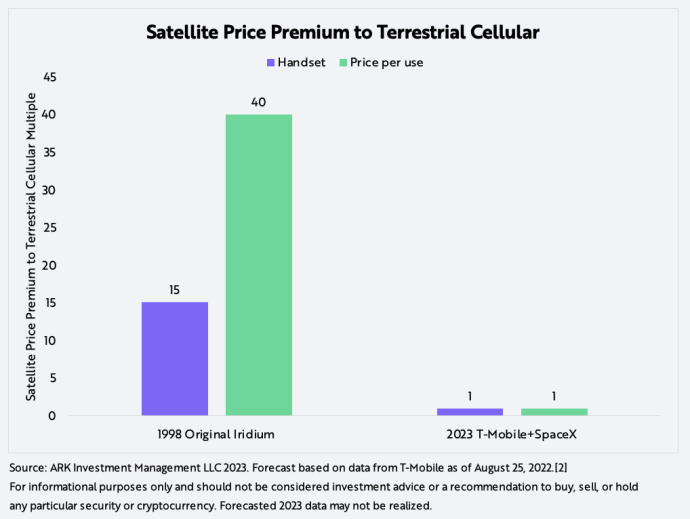#348: Roku Will Release Its Own TV Lineup In 2023, & More
1. Roku Will Release Its Own TV Lineup In 2023

At CES 2023 last week, Roku made news with its own lineup of TVs set to debut this year. The company will offer two TVs with streaming-first features—the Roku Select and Roku Plus—in eleven models ranging from 24 inches at $119 to 75 inches at $999.
Currently, Roku has partnerships with 15 hardware manufacturers (OEMs), including TCL, who customize reference designs for its streaming operating system. Roku provides the software, field updates, and factory certifications, while the OEMs handle panel selection, industrial design, and factory orders.
In our view, given its experience in the TV manufacturing process, Roku will not have to invest much more than historically has been the case. Importantly, it will offer all its existing OEM partners access to its reference designs but will enjoy more flexibility and agility as it innovates on hardware design, serves existing and new markets, and negotiates with OEMs.
In addition to this news, Roku disclosed that its active accounts increased 16.4% year-over-year, from 60.1 million to more than 70 million, globally during the fourth quarter. In addition, its global streaming jumped 22% to 23.9 billion hours viewed.
2. Iridium, SpaceX, And Other Innovators Are Realizing Dreams Stirred In The Late Nineties


As ARK often notes, the seeds for the innovation platforms evolving today were planted ~25 years ago. During the dot-com bubble, the technologies to bring those dreams to life were nascent and prohibitively expensive. Now, after more than two decades of development and cost declines, many of these technologies are ready for prime time.
Iridium is a perfect example. After launching its first satellites in 1997, the company went bankrupt because of exorbitant costs and improvements in terrestrial cellular connectivity. Today, after emerging from bankruptcy and launching a new satellite constellation, Iridium is beginning to achieve goals set 25 years ago in its new partnership with Qualcomm for satellite messaging and emergency services. This time around, however, Iridium is not alone in its quest to commercialize satellite-to-device technology, thanks to SpaceX, T-Mobile, Apple, AST Spacemobile, and Lynk, among others.
In 1998, the original Iridium phone cost $3,000 plus $6+ per minute for service, costs that were ~15x and ~40x more than terrestrial cellular, respectively, as shown below.[1] Twenty-five years later, smartphone users will have satellite access bundled into their data plans, thanks to Iridium and other innovators.

[1] T-Mobile service initially is likely to be limited to text messaging but should expand as bandwidth availability increases.
[2] Data source 1, 2, 3, and 4.
3. Tesla’s FSD Beta Could Enable Hands-Free Driving This Month

Last week, Elon Musk tweeted that an update this month to its full self-driving (FSD) beta should allow drivers to turn off the notification requiring them to tug consistently on steering wheels, turning Autopilot into a hands-free experience. Clearly, Tesla has become more confident in its progress toward a truly autonomous vehicle. Super Cruise, GM’s semi-autonomous driving software, already allows hands-free driving on the freeway, but a hands-free FSD beta system would work on surface streets as well as the highway.
Tesla plans to unveil its next generation vehicle platform, perhaps a purpose-built robotaxi, at Investor Day on March 1. According to ARK’s research, robotaxis could transform Tesla’s business model, eventually accounting for more than 60% of its enterprise value in 2026.


